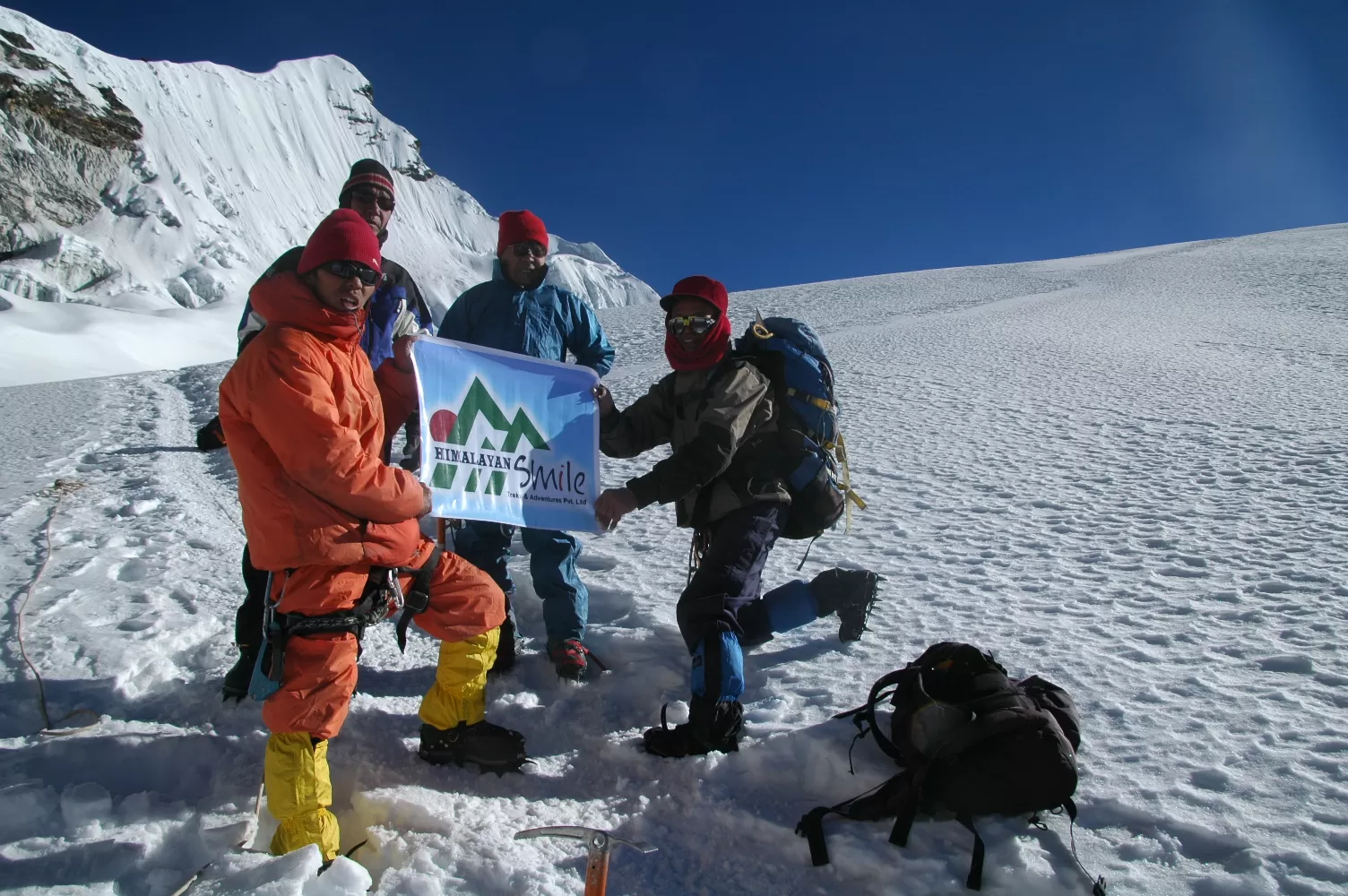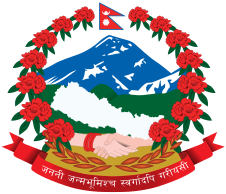Nepal Opens 97 Peaks for Free Climbing

Nepal Opens 97 Peaks for Free Climbing: A Game-Changer for Adventure Tourism in 2025
In a landmark decision that's reshaping the mountaineering landscape, Nepal has waived the climbing fees on 97 mountains for two years in a bid to guide people to its lesser-known peaks and boost local economies. The initiative, which revolves around the 97 peaks free to climb Nepal scheme, is the most significant development in the free climbing peaks Nepal 2025 tourism policy.
The Revolutionary Policy: What Changed?
Mountaineers from around the world can now ascend 97 peaks in Nepal's far-western Himalayas without having to pay permit fees for the next two years, under a new government policy to promote adventure tourism in less-visited regions. The Nepal free mountaineering permit program especially targets the remote Karnali free climbing peaks and Sudurpashchim free climbing peaks, bringing what used to be an expensive mountaineering activity within easier reach.
The timing is particularly strategic, as Nepal also raised Mount Everest permit costs from $11,000 to $15,000 simultaneously, establishing a clear contrast between congested popular summits and these recently opened **free Himalayan peaks in Nepal.
Geographic Focus: Karnali and Sudurpashchim Provinces
The Nepal new climbing peaks list is centered entirely on two of Nepal's most remote provinces:
Karnali Province
Famous for its rugged terrain and untouched natural beauty, Karnali Province is home to some of the most unexplored peaks Nepal has to offer. Once a region overlooked by mainstream mountaineering tourism, it is now a standout for free mountaineering Karnali province treks.
Sudurpashchim Province
Home to awe-inspiring peaks such as the famous Api Saipal Bobaye Chuli climbing options, Sudurpashchim Province includes major peaks such as
- Api (7,132 m)—one of the highest peaks in the program
- Saipal (7,031 m)—a technically challenging climb
- Api West (7,076 m)—with climbing routes of different varieties
These climbing locations in western Nepal have altitudes ranging from 5,970 meters to 7,132 meters, making them suitable for climbers of various levels of expertise.
Economic Impact and Tourism Strategy
This Nepal mountaineering promotion strategy serves several strategic purposes beyond adventure tourism. Nepal has unveiled a strategy to boost tourism and economic development in its remotest and poorest regions by offering free climbing permits for 97 Himalayan peaks for the next two years.
The Nepal mountain permit fee waiver plan is designed to:
- Spread tourism benefits to disadvantaged communities
- Create employment opportunities in remote villages
- Develop infrastructure in previously remote locations
- Develop new Nepal climbing tourism 2025 trends
Why Is This Initiative Unique?
Two-Year Timeframe
The Nepal 2-year free climbing permit program provides sufficient time for:
- Word-of-mouth marketing among climbing circles
- Infrastructural development in the target locations
- Developing local capacities for tourist services
- Establishing sustainable tourism trends
Emphasis on Remote Areas
Contrary to traditional climbing destinations concentrated in the northeast and central Nepal, this initiative positively promotes remote peaks in Nepal for climbing in regions that have attracted minimal global attention.
Comprehensive Approach
The proposal doesn't simply waive fees—it's a complete overhaul of how Nepal presents itself to the global climbing community, shattering Everest-centered tourism to embrace its full mountaineering potential.
Challenges and Opportunities
Infrastructure Development
While the free Himalayan expedition opportunities are favorable, the remote regions suffer from infrastructural problems like
- Limited road accessibility
- Basic accommodation facilities
- Discontinuities in communication networks
- -Rescue services during emergencies
Market Positioning
High mountains without permits: Nepal climbing success depends on effective marketing to international climbing communities that have yet to learn about these regions.
Environmental Considerations
Opening free trekking peaks in Nepal needs to be carefully managed to prevent the overcrowding that has happened on high-use peaks such as Everest.
The Bigger Picture: Climbing Tourism Development
This free-to-climb mountains in Nepal initiative reflects broader trends in adventure tourism:
Destination Diversification: Moving away from over-visited destinations
Community-Based Tourism: Benefitting local communities directly. Sustainable Practice: Spreading climber impact across wider geographic areas
Technical Progress: Encouraging the use of challenging, less-frequented routes
Planning Your Free Climbing Expedition
For climbers wishing to take advantage of these 97 peaks free to climb in Nepal, considerations include:
Requirements for Preparation
- Technical climbing ability appropriate to m-7,132 m peaks
- High-altitude experience and acclimatization planning
- Self-contained expedition capability
- Remote area emergency preparedness
Logistics Planning
- More extended expedition schedules based on a distant approach
- Specialized equipment for varied terrain
- Porter and local guide arrangements
- Safety and communications backup systems
Future Implications
This new Nepal free mountaineering permit program can serve as an example for other mountain nations to follow in tourism development alongside environmental conservation and community well-being. The success or failure of the 97 peaks is free to climb in Nepal. venture could influence climbing tourism policy in the Himalayas in the years to come.
The emphasis on unclimbed peaks in Nepal also opens up new possibilities for first ascents, new route exploration, and scientific research in previously inaccessible regions.
Conclusion
Nepal's decision to open 97 peaks free to climb is a promotion of tourism, but more importantly, it is a strategic rethinking of how mountain nations can leverage their natural resources for sustainable development. By putting Karnali free climbing peaks and Sudurpashchim free climbing peaks first, Nepal provides opportunities for adventurous climbers while ensuring that remote communities are not left behind and are beneficiaries of the mountaineering economy.
This free climbing peaks Nepal 2025 venture challenges mountaineers to look beyond the congested popular peaks and taste the striking beauty and technical challenges afforded by Nepal's far western borderlands. If Api Saipal, Bobaye Chuli climbing, or attempting other free Himalayan peaks in Nepal interests you, this program opens up new frontiers for adventure tourism in some of the world's most spectacular mountain areas.
The result of this program will also influence how Nepal climbing tourism 2025 will take place, perhaps even setting new trends that emphasize sustainable tourism development alongside high-standard climbing experiences.


.png)
.png)






